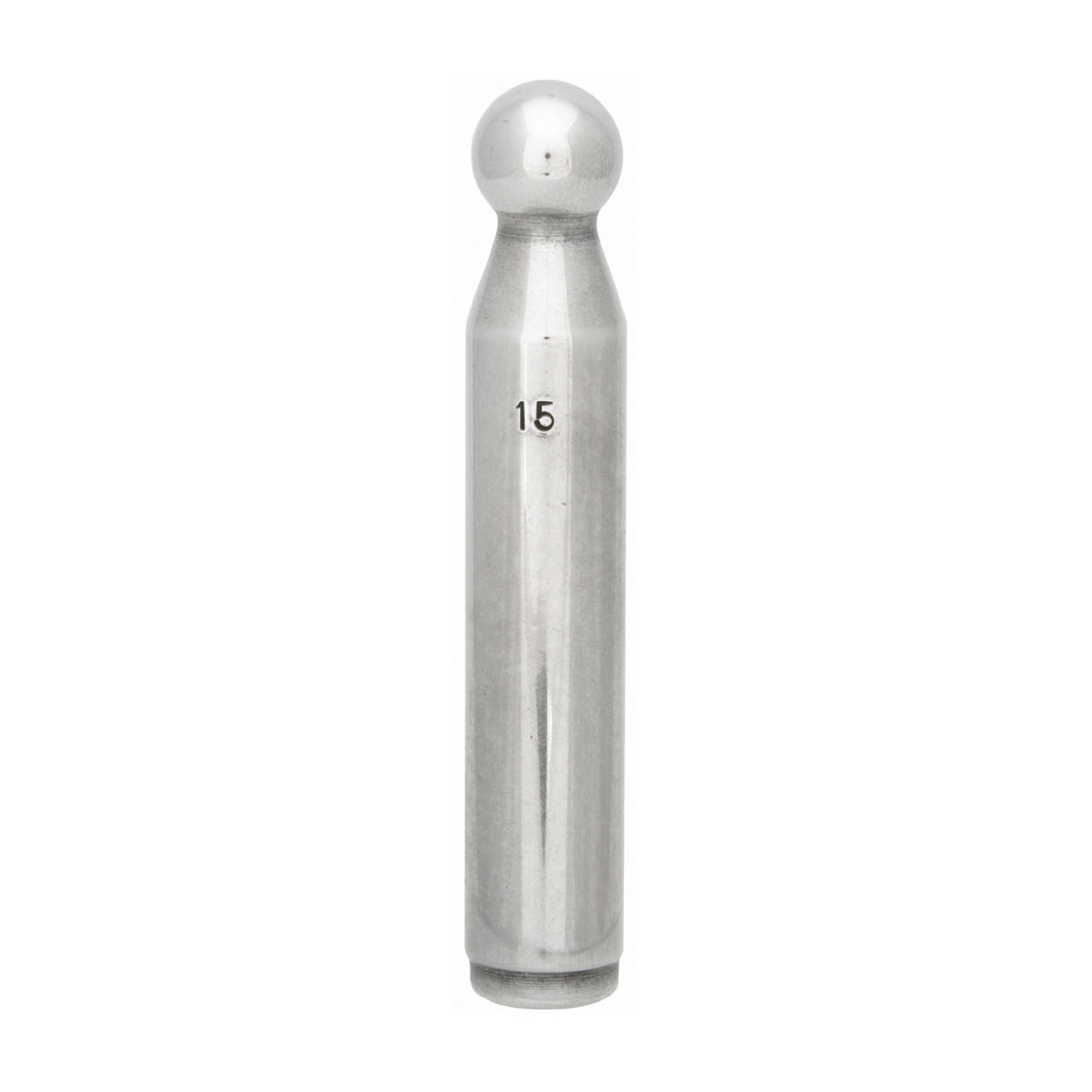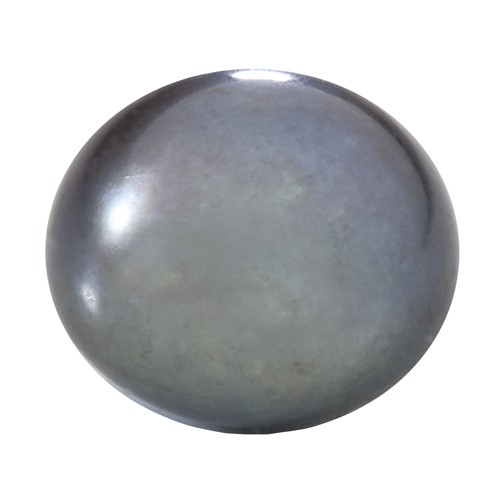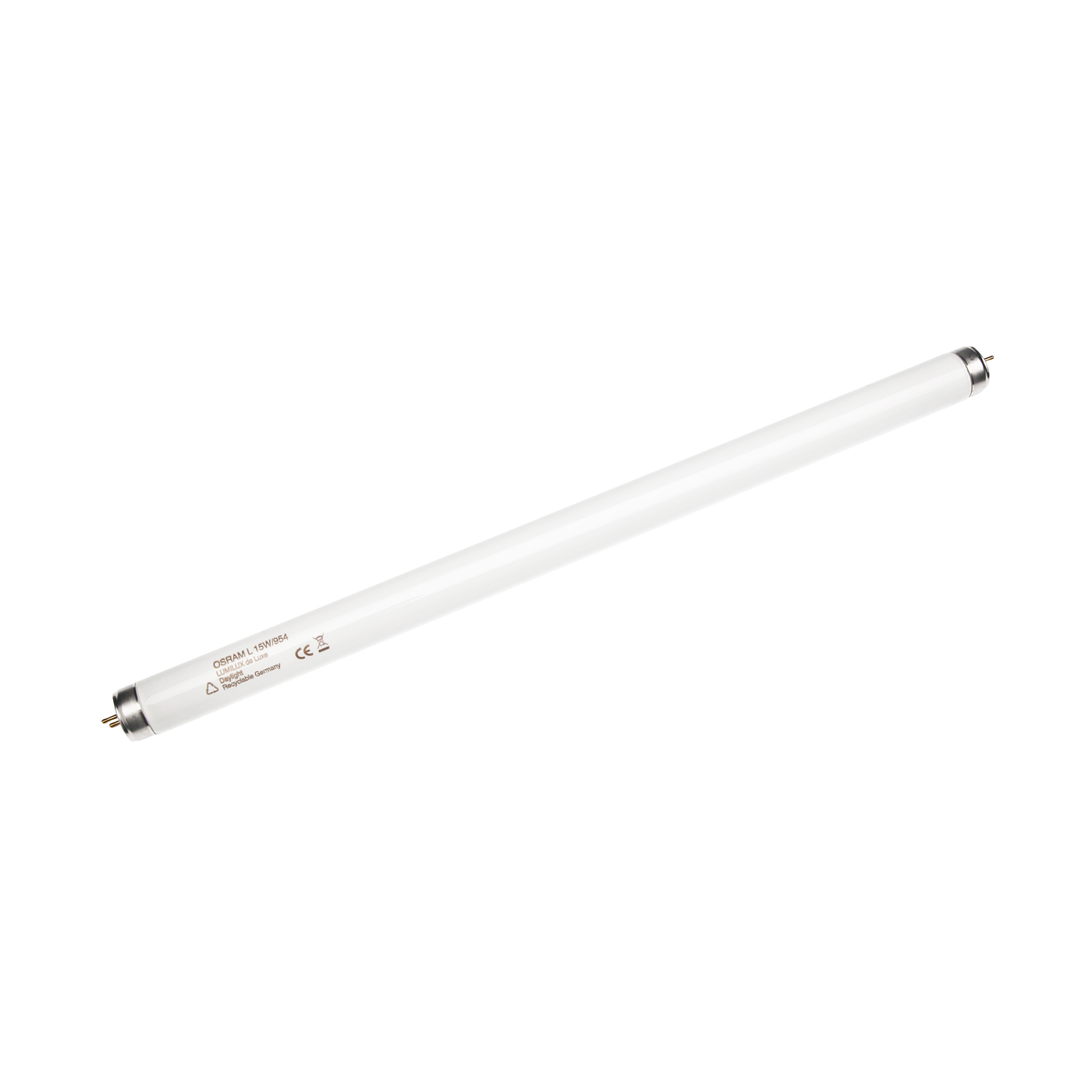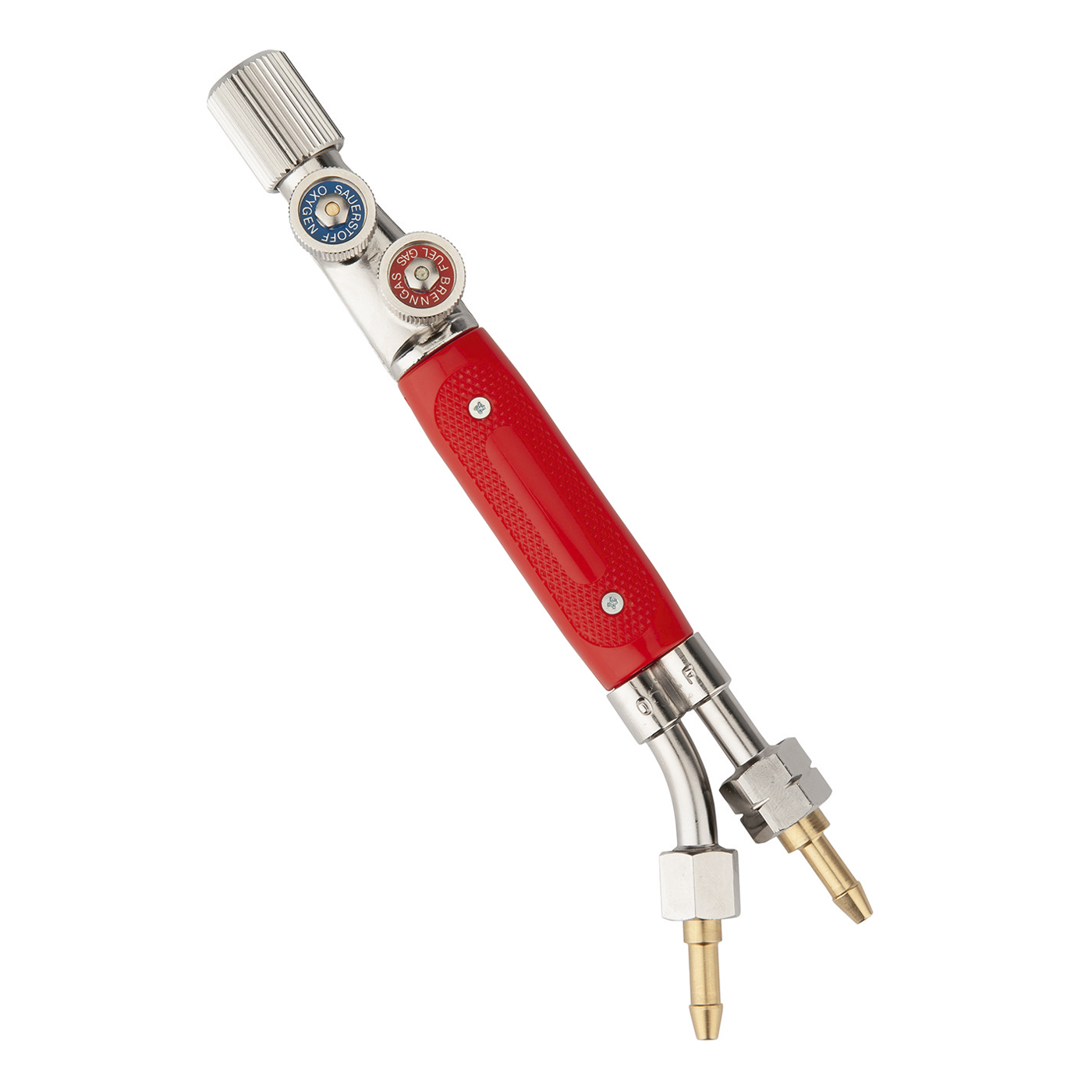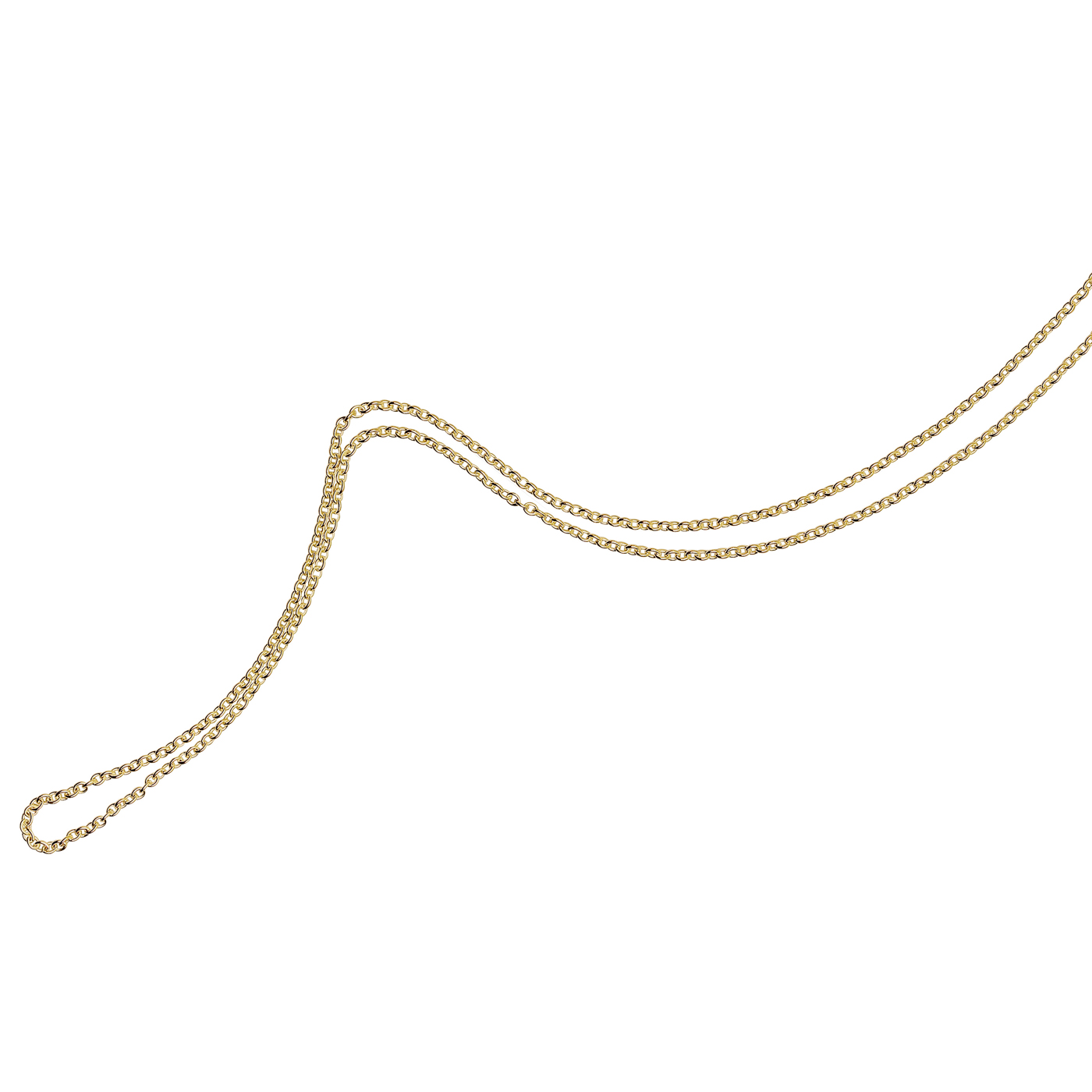Perlstrang, SW-ZP, 10,0-11,0 mm, apricot, rund, AA+ - 1 Stück
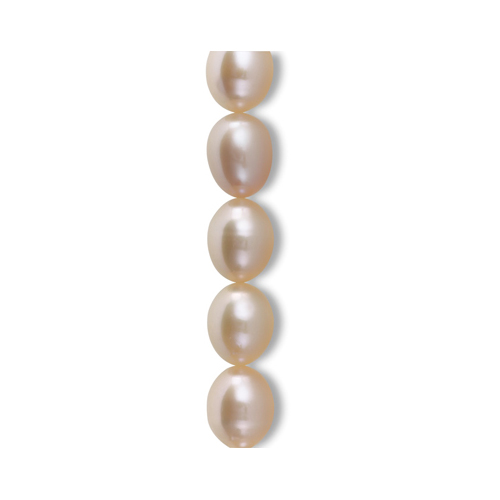

Picture may vary from actual product.
Item number
GO80125210
1 piece
Please log in to see the price information
available, in stock
Pearls are produced by shells, rarely also by snails. If a sandkorn or a parasite penetrates into the inside, soft tissue of the shell, this encases the foreign body with layers of aragonite (calcium carbonate) and conchyn (organic horn substance). The gloss of the pearl, called luster or orient, results from interference of the light, which is reflected on the boundary surfaces of the shell layers. Due to the great demand of pearls, some kinds of shells are cultivated at pearl farms on the sea or in fresh water lakes, in order to get cultivated pearls. There is a difference between sea water cultured pearls (e.g. Akoya) and fresh water cultivated pearls. In order to get a cultivated pearl, a nacre ball encased with epithelium is inserted into the shell (usually, only a epithelium core for fresh water cultivated pearls). Thus it is possible for the shells to form larger pearls in a shorter time. Pearls are classified acc. to roundness, color, surface, lustre and size.
(also cultivated pearls, fresh water and sea water pearls)
Strands
Quality AA+
approx. 40 cm
apricot
rice
ø 10.0-11.0 mm
Physical data:
- Color: white, pink, silver -, cream -, gold-colored, green, blue,black;
Stroke color: white;
Mohs hardness: 21/2-41/2;
Density: 2.60-2.85;
Fissionability: none;
Fracture: uneven;
Crystals: prismatic, micro-crystalline;
Chemism: calcium-carbonate + organic substance + water;
Transparency: translucent, opaque;
Refraction: 1.52-1.66, black pearls 1.53-1.69;
Birefringence: - 0.156;
Dispersion: none;
Fluorescence: marine pearls weak, natural black pearls red to reddish, river pearls strong pale-green.
(also cultivated pearls, fresh water and sea water pearls)
Strands
Quality AA+
approx. 40 cm
apricot
rice
ø 10.0-11.0 mm
Last seen products
Cultured Pearl, Freshwater, Bouton, ø 9.0-9.5 mm, Black
available, in stock
Item no.: GP20339095
1 piece
Ankerkette, 333 G, 1,35 mm, Meterware
available, in stock
partially in stock
Item no.: GC00010002
10 cm





 Questions about the product
Questions about the product

